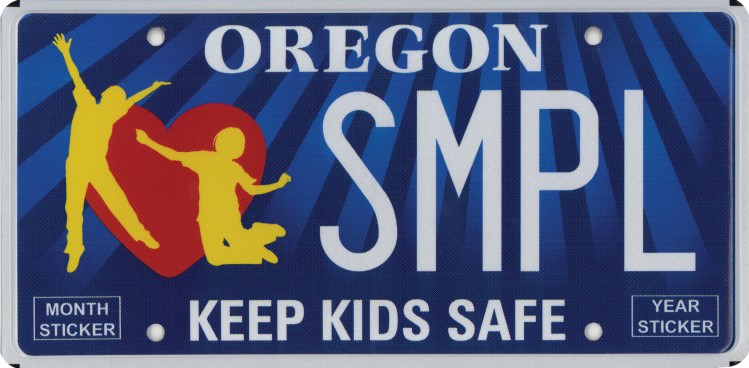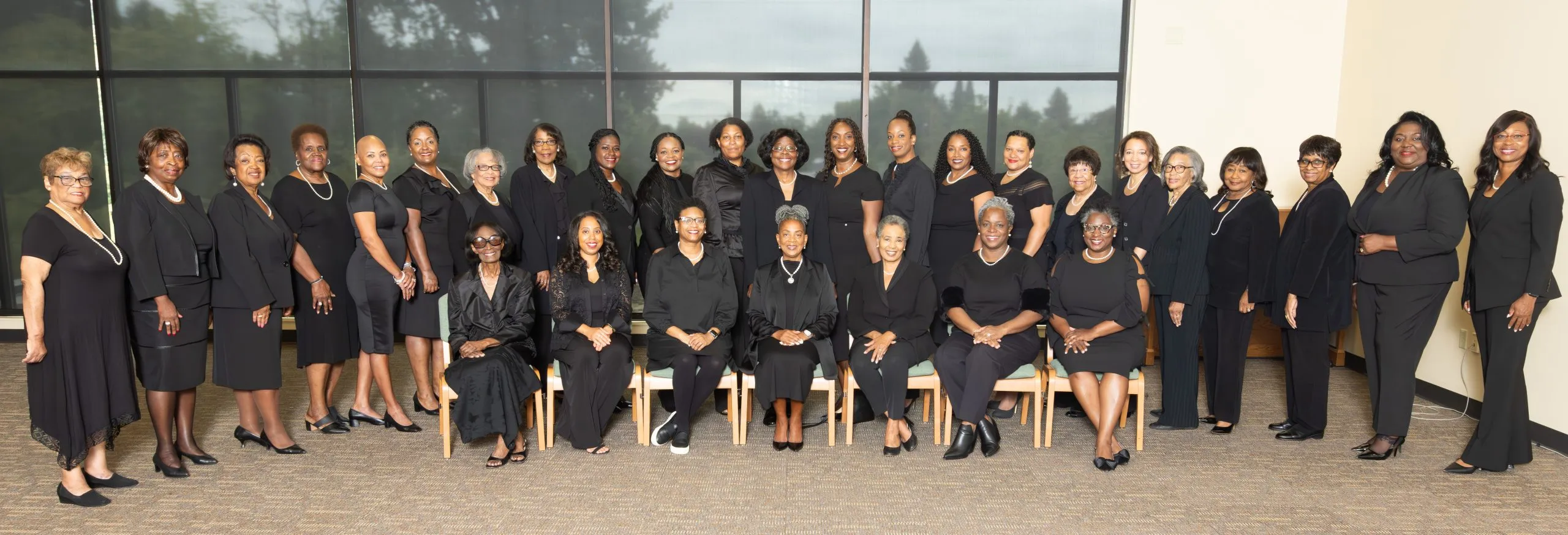Salem, September 25th. The Children’s Trust Fund of Oregon is announcing the October release of the charity license plate, Keep Kids Safe. The additional $30 for the plate will be earmarked for Preventing Child Abuse in Oregon.
Oregon citizens will be able to purchase the license plate, which will generate a sustainable source of revenue for child abuse prevention efforts across Oregon’s 36 counties. The Children’s Trust Fund of Oregon will manage and allocate the funds for child abuse prevention programs. The Keep Kids Safe license plates can be purchased after October 15th.
From the nonprofit:
The Children’s Trust Fund of Oregon’s mission is to prevent child abuse in Oregon through strategic investments in proven, best-practice programs, public education and research. Our 34 partner programs across Oregon are serving thousands of families and preventing child abuse in our state.
By supporting the Children’s Trust Fund of Oregon, companies and individuals are making a profound difference in the lives of Oregon’s children and reducing child maltreatment in our state.
Child Abuse in Oregon
Prevalence of Child Abuse
- Over 11,000 Oregon children were confirmed victims of abuse in 2010 or the equivalent of more than 170 school buses full of children. Nearly half of these children were under the age of six.
- There were nearly 30,000 investigations of suspected child abuse in Oregon during 2010. More than twice as many reports of suspected abuse were made in the same year.
- There has been a 36% increase in the number of children in Oregon who are victims of abuse since 2001. Unemployment is a major family stress in approximately 20% of abused children’s families.
- 22 children in Oregon died from abuse in 2010. Three-quarters of these children were under the age of 6. This is more than the average number of young children who die from all forms of childhood cancer in Oregon each year.
Consequences of Child Abuse
- Child abuse and neglect have been shown, in some cases, to cause important regions of the brain to fail to form or grow properly, resulting in impaired development 22% of maltreated children have learning disabilities requiring special education
- In one long-term study, as many as 80 percent of young adults who had been abused met the diagnostic criteria for at least one psychiatric disorder at age 21 including depression, anxiety, eating disorders and suicide attempts
- Studies have found abused and neglected children to be at least 25 percent more likely to experience problems such as delinquency, teen pregnancy, low academic achievement, drug use and mental health problems
- Research suggests about one-third of all individuals who were abused or neglected as children will subject their children to maltreatment. This cycle of abuse can occur when children who either experienced maltreatment or witnessed violence between their parents or caregivers learn violent behavior and learn to consider it appropriate
- Abused and neglected children were 11 times more likely to be arrested for criminal behavior as a juvenile, 2.7 times more likely to be arrested for violent and criminal behavior as an adult
















